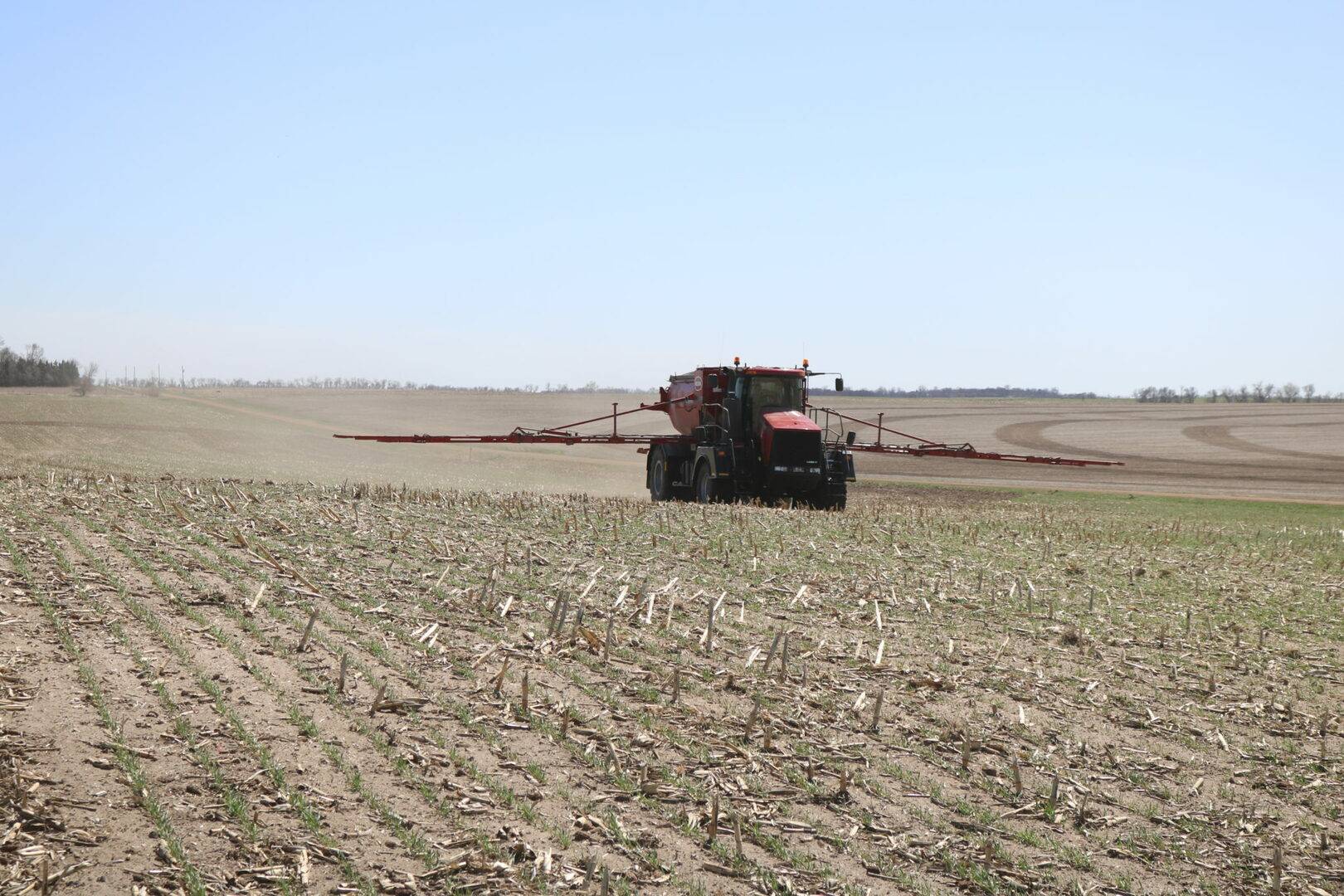Education
Spring is an excellent time to address soil acidity with 98G

Apply 98G pelletized limestone to maintain soil pH and maximize crop yields
Maintaining proper soil pH is essential for healthy plant growth and high crop yields.
Test your soil. If you have a recent (last 2 years) soil sample, review the details, including the soil pH, and the levels of other important nutrients. If your last analysis is older than 2 years, it’s a good idea to collect new samples and have them analyzed. The substantial investment in crop inputs are well supported by having accurate soil test data available to guide in making the best decisions.
Consider the appropriate pH range for the crops you grow. Most row crops prefer soil conditions slightly acidic (6.0 water pH), but some forages, particularly alfalfa, grow best at levels closer to neutral (6.9 water pH).
Consider pH maintenance instead of correction. Maintaining pH by applying smaller amounts (200-300# of 98G) more frequently (every or every other year) results in less variation in the crop input budget, better nutrient efficiencies and improved yields.
Liming materials-Are they all the same?
Soil pH is the foundation of soil fertility, governing nutrient availability and biological and chemical interactions in the soil environment. The importance of pH has been recognized for decades, but a recently published article focuses on the need for continued emphasis on this critical soil measurement.
Dr. Antonio Mallarino, Iowa State University, published a study in 2018 regarding the influence of source and particle size on limestone efficiency. The study compared three (3) liming materials and three (3) acidic soils.
Key findings include:
1) Large differences in limestone performance due to particle size composition. The limestone scoring system used in Iowa and several other states does not differentiate between 60-mesh particles and particles finer than 60-mesh.
2) The value of differentiating between mesh sizes 60-100.
3) The value of distinguishing between calcitic and dolomitic aglime materials. Calcitic aglime were able to effect a more rapid and complete pH change compared to dolomitic aglime, even while having a lower Effective Calcium Carbonate Equivalent (ECCE) value.
4) 98G resulted in more complete and efficient pH correction than calcitic and dolomitic aglime materials.
If you would like to learn more:
Jones, J.D. and A.P Mallarino. 2018. Influence of source and particle size on agricultural limestone efficiency at increasing soil pH. Soil Sci. Soc. Am. J. 82:271-282
